Best anger management activities for toddlers : Belly breathing exercise, using a feeling thermometer and creating an angry monster box
Best anger management activities for teens: journaling, using art therapy and having regular discussion
Things to remember: anger is a natural reaction to injustice, perceived injustice, or adversity. This is a concept that many kids cannot understand right away and may require time and patience for them to be able to control this emotion.
As a mother juggling the delicate balance of caring for a spirited toddler and guiding an older child through the maze of growing up, I’ve come to realize that anger is a complex emotion that can challenge the best of us. Anger management activities for kids offers both fun and effective ways to help children of all ages express and control their emotions.
Anger Management Activities for Toddlers
- Belly Breathing: Teach your toddler to take deep breaths from their belly. This is a powerful tool for calming the nervous system and can be a first step in managing feelings of anger.
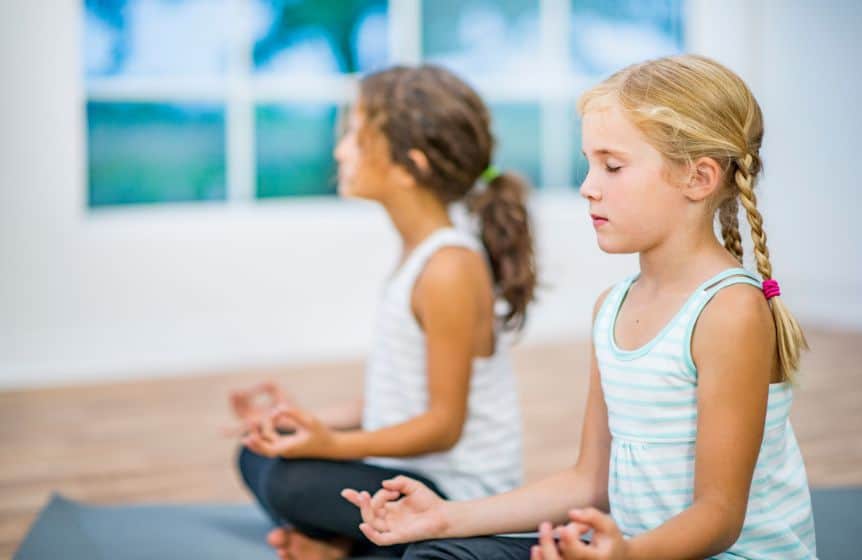
2. Feelings Thermometer: Use a simple visual aid to help your toddler identify their level of anger. This can help them understand and communicate their emotions better.
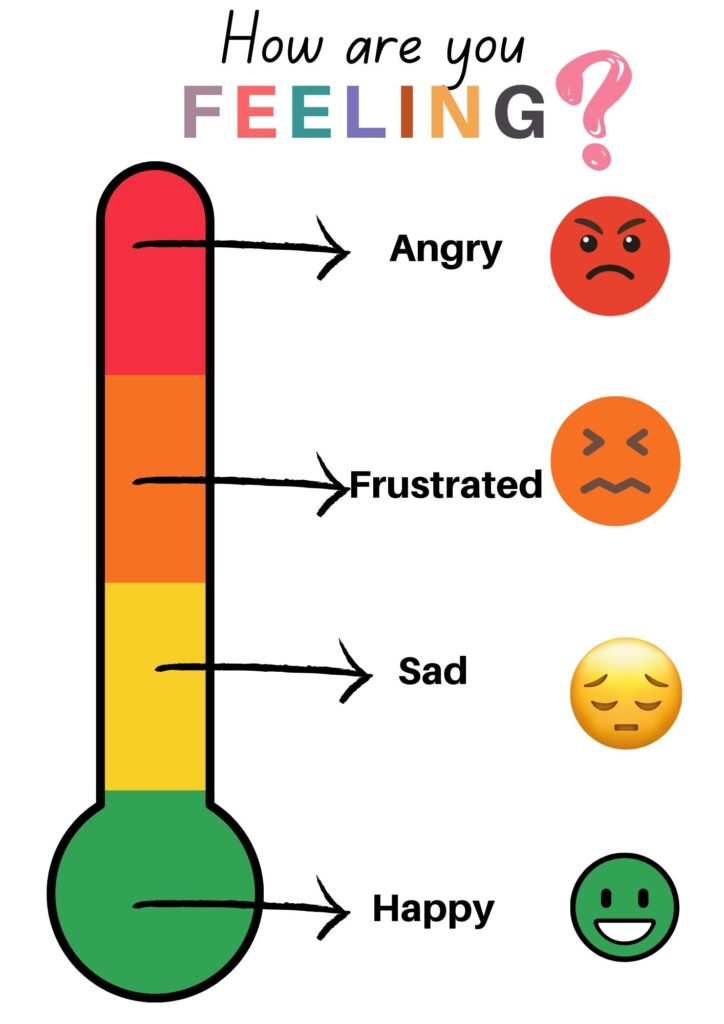
3. Anger Monster: Create a fun game where the toddler can feed a monster made out of a box and tell them to let go of their feelings as they feed the angry monster.

4. Facial Expressions Game: Help your toddler recognize different emotions by making faces together and naming each emotion, including anger.
5.Sensory Bins: Fill a bin with safe, tactile materials for your child to explore. Digging through rice, beans, or playdough can be a constructive way to distract and calm an angry child.
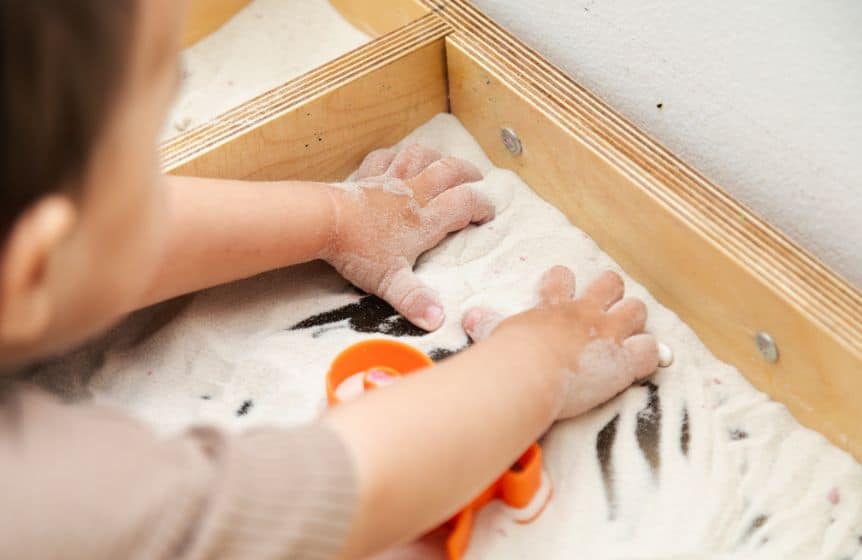
Anger management activities for kindergarten or preschoolers
- The Freeze Game

A fun twist on the classic game of “Red Light, Green Light.” Play some music and have the children dance around.
When the music stops, they must ‘freeze’ and take a deep breath before the music starts again. 4
This teaches self-control and helps them practice pausing and calming down before reacting.
2. Balloon Breathing:
Have the children pretend their belly is a balloon. Ask them to breathe in deeply through their nose to fill the balloon, and exhale through their mouth to deflate it.
This visual helps them grasp the concept of deep breathing for relaxation.
3. Color Your Feelings:
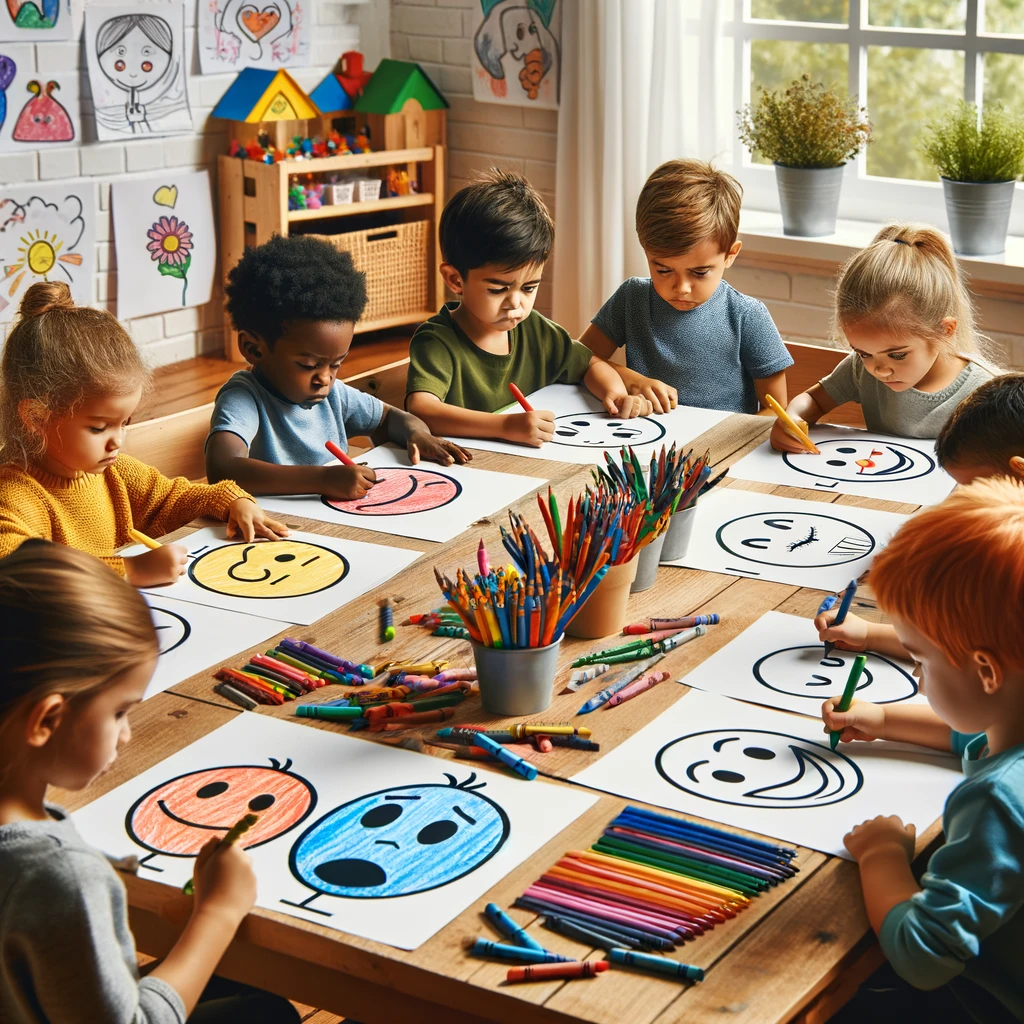
Provide the children with coloring sheets that have simple faces expressing different emotions or blank pages where they can draw how they feel.
Assign colors to different emotions (e.g., red for angry, blue for calm) and discuss the feelings associated with the colors and drawings.
This activity helps children identify and express their emotions in a non-verbal way.
Fun anger management activities for Kids
Anger is a normal emotion. It’s part of the human condition and not always easy to deal with. But there are ways to manage it, and kids can play an essential role in helping their parents manage their anger.
Here are some fun activities that you can do with your kids to help them learn to cope better with their anger:
1. Play “I’m Upset”: This is an excellent game for kids ages 3-8 to curb negative emotions positively, and it teaches them that everyone gets angry sometimes, but not everyone needs to throw things around or throw a fit.
The game’s goal is for players to act like they’re upset without getting upset themselves. For example, if one player says, “I’m mad at my brother,” the next player can say, “You’re really mad at your brother because he didn’t give you his lunch today,” then take a deep breath and ask if anyone else is having trouble controlling their temper, ask them to practice deep breathing.
2. Have an “Angry Tea Party”:
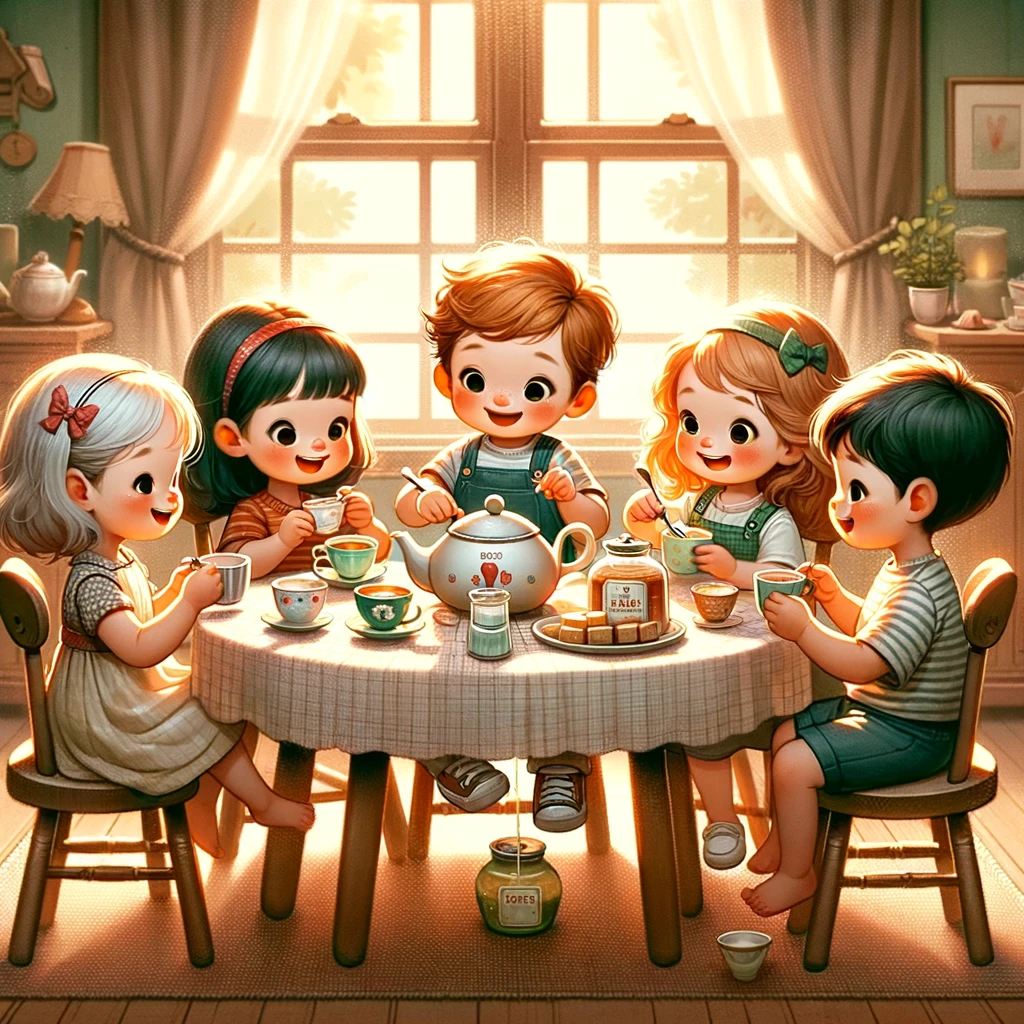
Have your kids sit at the table together while you make tea. Each person gets a cup of tea with sugar, but they can only drink a limited amount of sugar without getting angry or upset.
Tell them they are doing this as an anger management activity and it is fun to manage their desires effectively.
4. Drawing: Ask your child to draw something about their feelings or even ask them to draw about what’s going on in their mind.
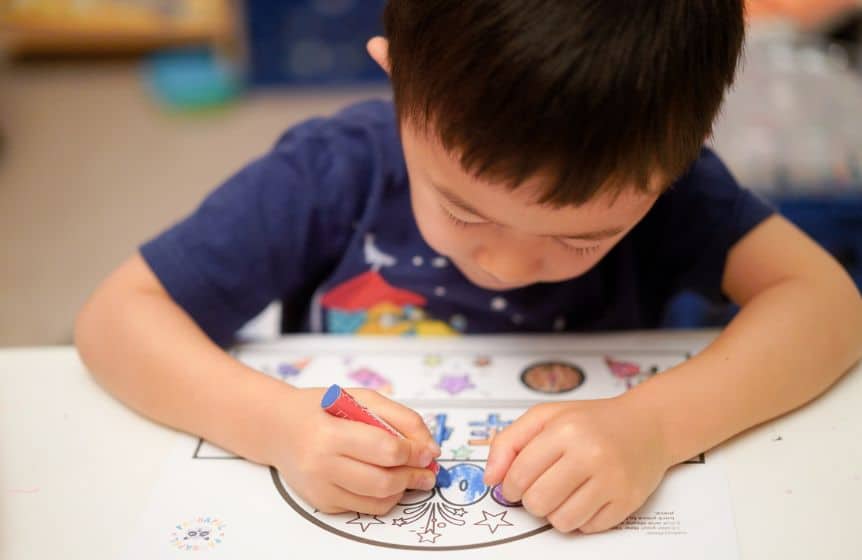
6. Make a colorful poster with pictures of your favorite things, like a rainbow or a heart with wings and feathers. Put it on the wall above your bed so you can see it when you wake up! By looking at something beautiful, they can immediately feel better.

8. Play music over the speakers in your room (or outside if it’s safe). This will help you get into character and feel more like your actual and calm self. This way, you can control anger without throwing temper tantrums. It’s a great way to curb aggressive behaviors.
9. Play your favorite game. Games can help us feel like we’re doing something productive and make us feel good about ourselves, and some games also have a calming effect on the mind.
Games allow kids to express anger in the best ways without turning into an anger monsters by diverting their attention.
10. Break out the building blocks and make a castle. This is a great anger management activity to manage younger children through activities that divert their minds from the anger they feel. It will also teach them problem-solving skills.
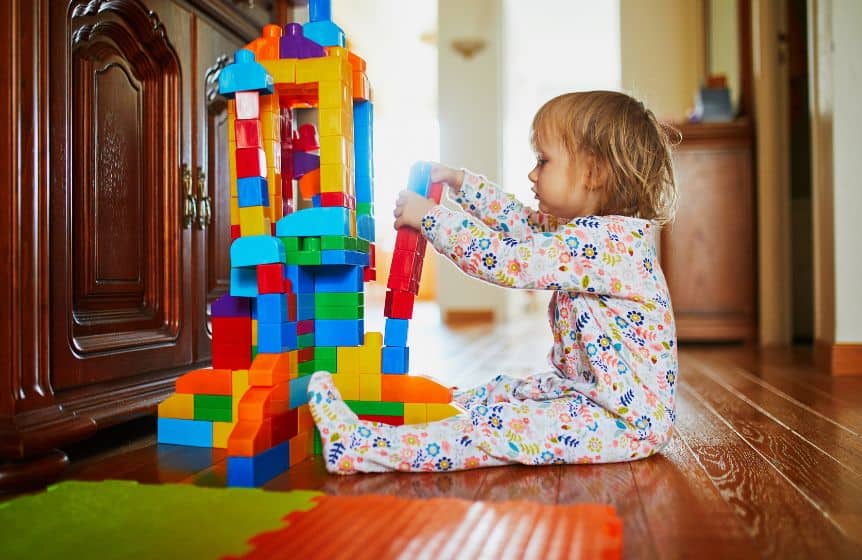
11. Glitter jars are great anger management tools. Sitting in a quiet place and taking deep breaths while looking at a glitter jar can help calm your child.

12. Find a toy or stress balls and start playing with it!
13. Go on a walk around the block to burn off some steam, but don’t go too far—you don’t want to get lost! This is a great way to get into a good emotional state. Physical activity like walking and running is good for letting go of big emotions.
14. Sing your favorite song until you feel better!
16. Comic Book Creation: Encourage kids to create their own comic strips showing different scenarios where characters experience and manage anger in positive ways.
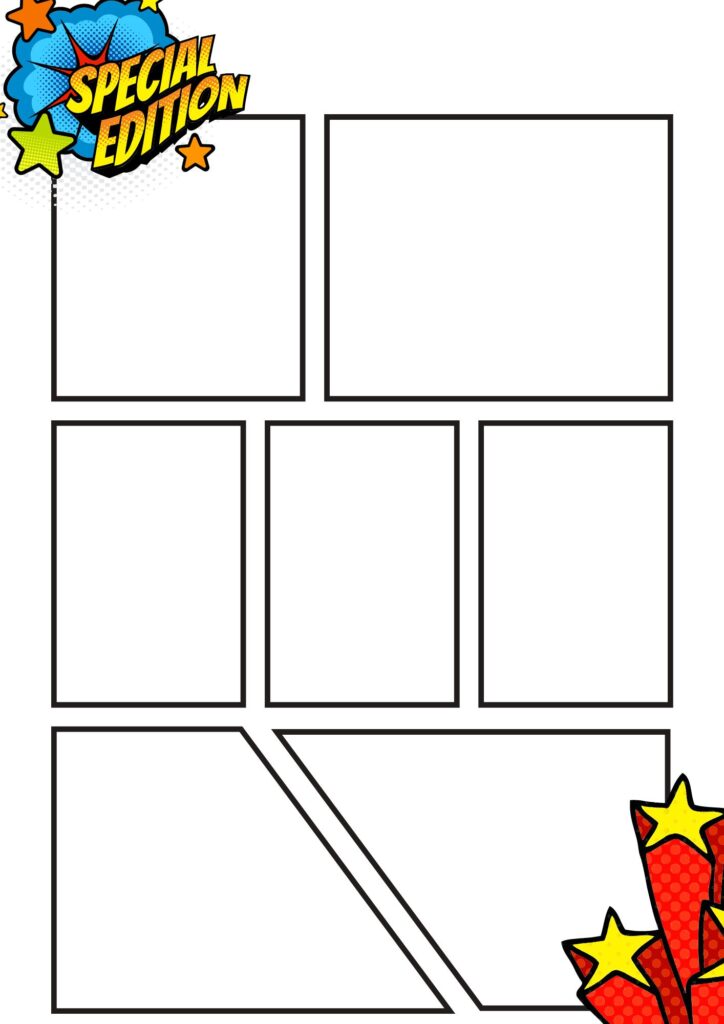
17. Role-Playing: Act out different situations with your child, practicing how to express anger in safe and acceptable ways.
18. Anger Management Worksheets: Use worksheets designed to explore feelings, anger triggers, and healthy coping skills through drawing and writing.
19. Yoga and Physical Activity: Incorporate yoga or other physical activities into the daily routine to help manage stress and anger through movement.
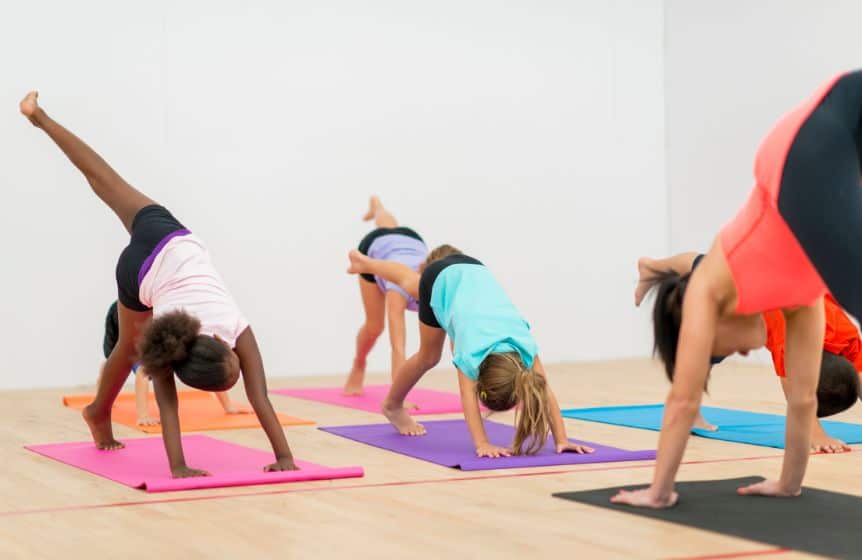
Anger Activities for Teens
- Journaling: Writing about feelings and experiences can be a great way for teens to explore and understand their emotions.

2. Music and Art Therapy: Encourage creative expression through music and art as a way to channel emotions constructively.
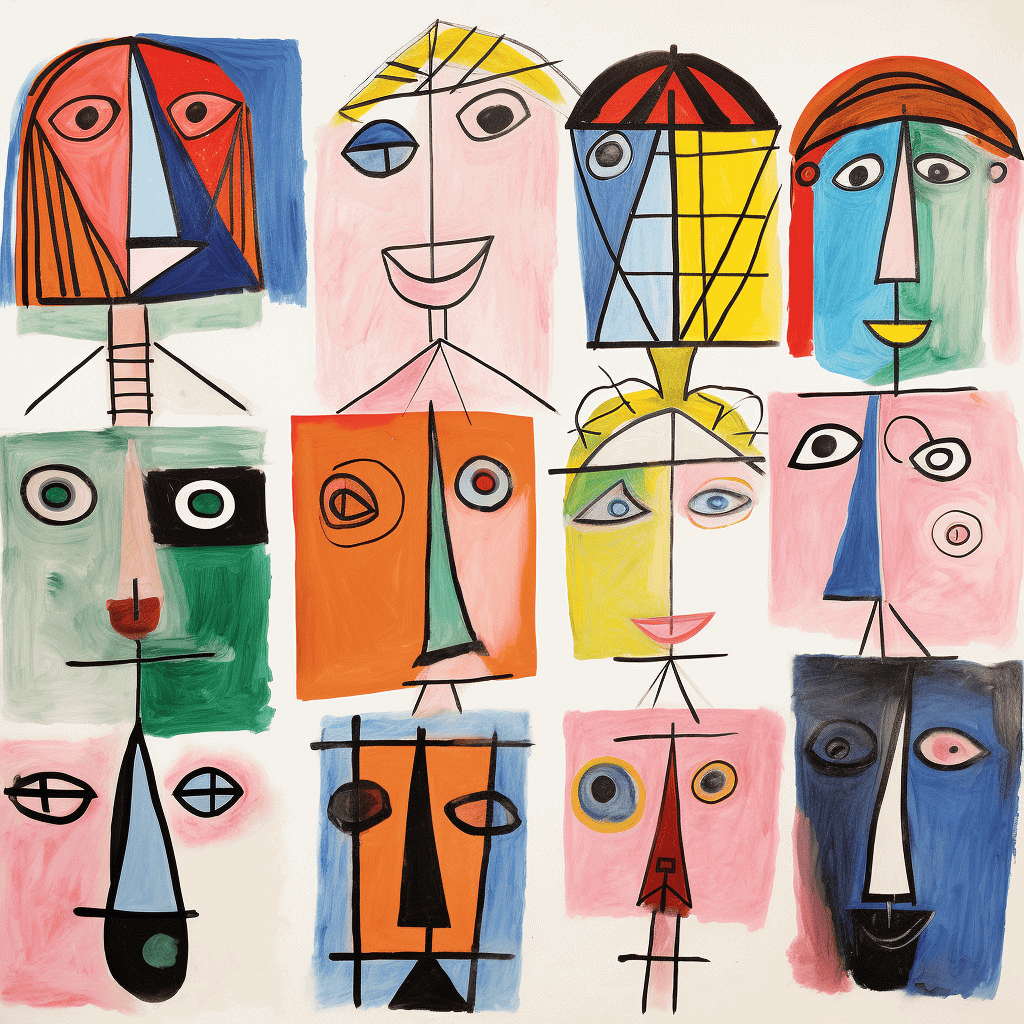
3. Problem-Solving Skills: Work together on developing strategies for dealing with difficult situations, enhancing their ability to handle anger triggers.
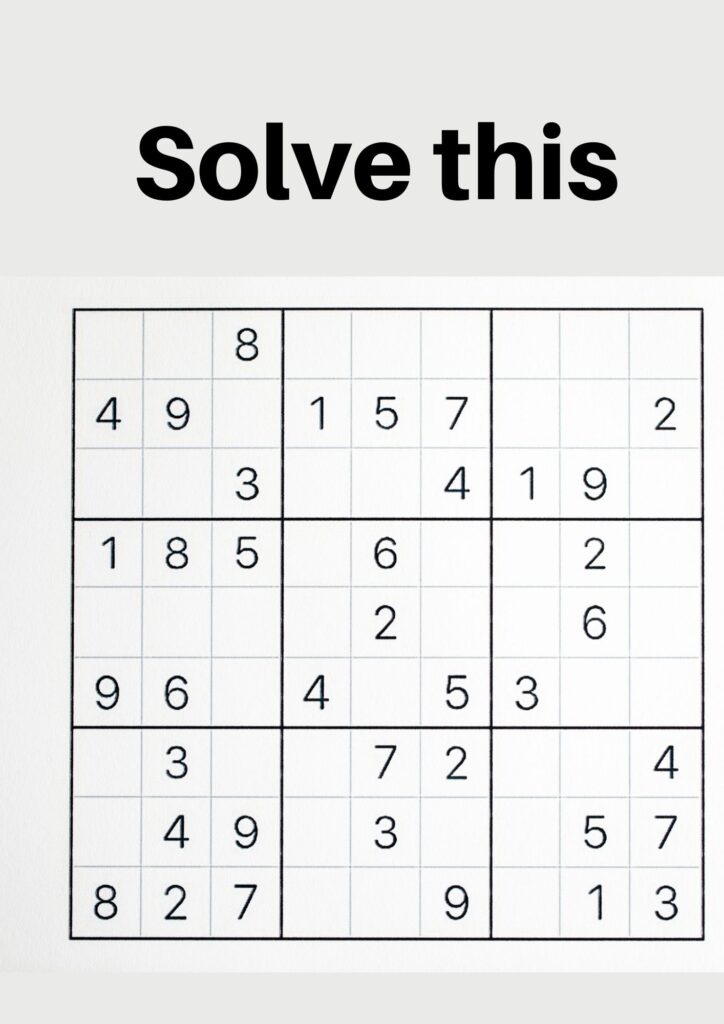
4. Communication Skills Workshops: Participate in or organize workshops focused on improving interpersonal and communication skills, essential for expressing anger in healthy ways.
5. Mindfulness and Meditation: Introduce practices that help teens become more aware of their thoughts and feelings, promoting emotional regulation.
Anger management activities for middle school
- Anger Management Therapy: For children having a hard time, professional help can be invaluable in developing effective strategies for managing anger.
2. Group Discussions: Facilitate small group discussions where students can share experiences and learn from each other about managing emotions.
3. Physical Activities: Encourage participation in sports or other physical activities as a way to release tension and improve mood.
Creative Anger Management Activities
Creative anger-management activities for kids can be as simple as drawing or writing in a journal. Engaging in creative activity is a great way to calm down, clear your head, and focus on the present moment—and it’s also something that can be done at the spur of the moment.
Here are some ideas:
1. Go outside and play! Consider bringing along some of your favorite toys or stuffed animals (that way, you won’t have to worry about losing them), or you’ll want to run around the neighborhood.
You could even get some friends together and walk through the park. There are endless possibilities for playing outside, so don’t hold back—go with whatever gets you excited!
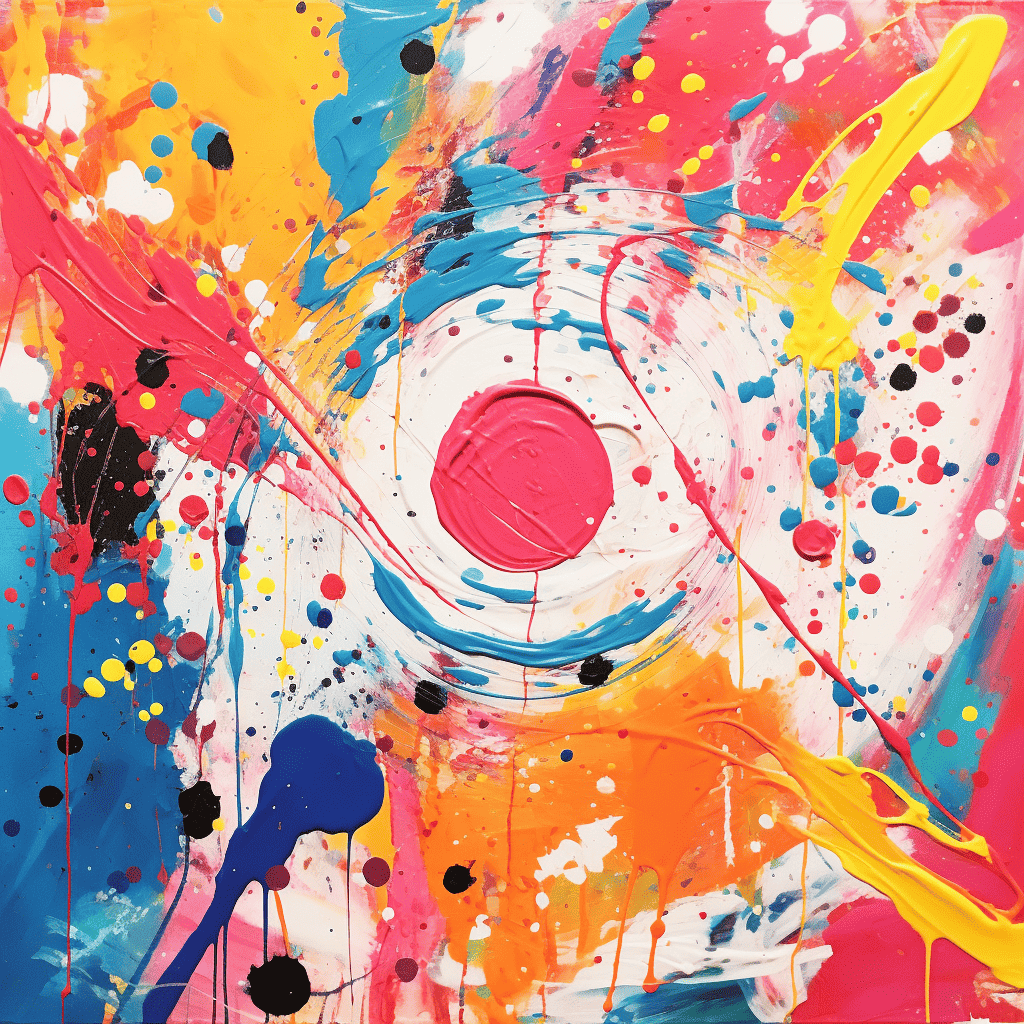
Whether you’re drawing or painting something related to what’s bothering you or just making up, your own thing can be good for the soul.
Anger management is a huge part of life for children, and they must learn how to handle their emotions in a healthy way. While some kids may be naturally more prone to anger than others, there are ways to help them better manage their feelings.
3. Play a game! One great way to help kids manage their anger is by playing a game together.
You can even make up your own rules or set up an appropriate environment for the game.
For example, taking turns telling each other a story about when you felt angry and what you did about it or talking about the best thing that ever happened to you when you were angry instead of getting into real trouble.
You can also make sure everyone has plenty of time to vent their frustrations before they start playing the game and give each person plenty of space so they can express themselves without being interrupted or judged by anyone else around them.
4. Take out markers or crayons and write down all the things that make you angry about life on a piece of paper. Then tear the paper, throw it away, and with it, throw all that anger away.
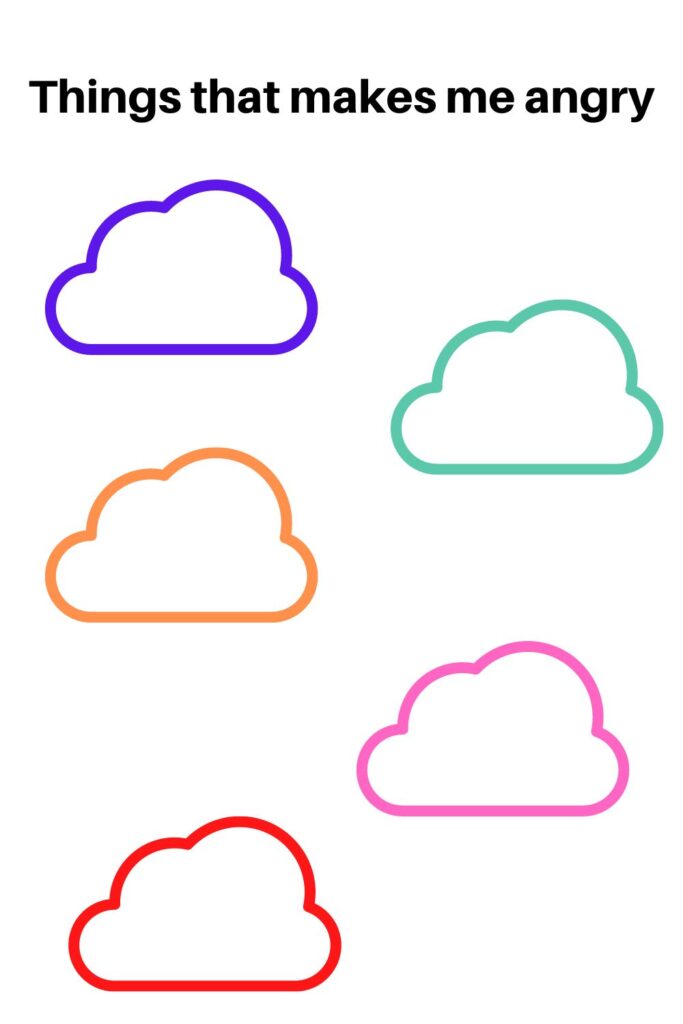
5. Write a letter to the person who makes you angry every day. Include why they make you angry, what parts of them make you angry, and what changes would make you less mad with them.
Don’t forget to check out the personalised growth mindset kit
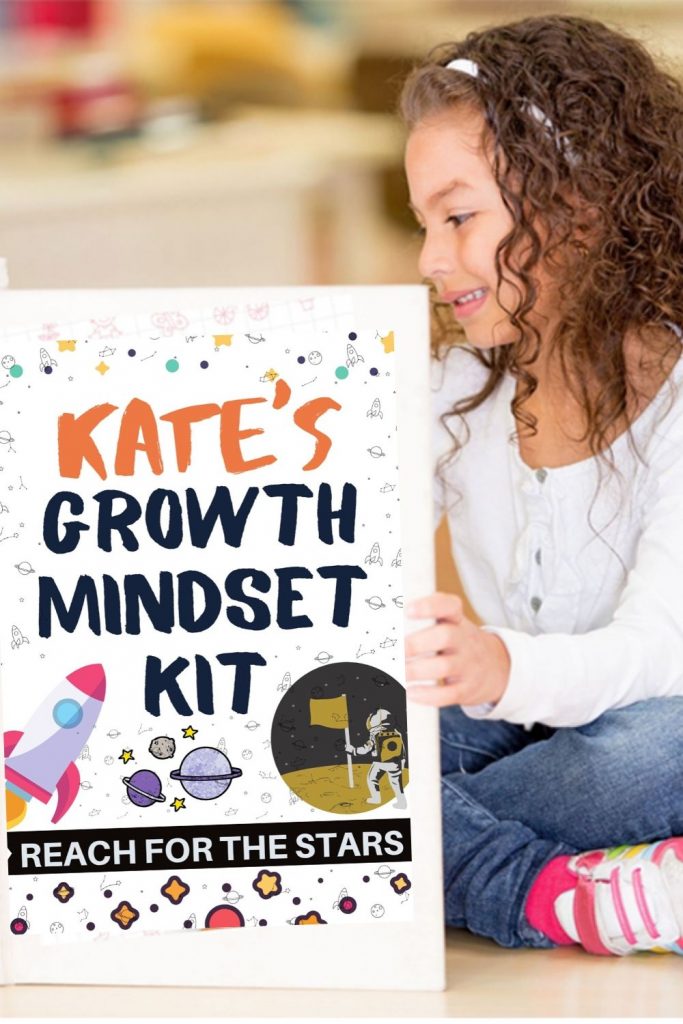
Anger Craft Projects for Kids
As a parent, you know that kids can be fickle. Sometimes they’re in a good mood, and other times, they’re in a bad mood and want to be left alone.
You might not have much control over your child’s moods, but there are some things you can do to help them express their feelings constructively. One of the best ways is to encourage them to make crafts or other projects that allow them to express their anger healthily. Here are some easy ideas:
1. Make a collage of pictures of things that make your child angry, for example, the weather, their friends, etc.
2. Angry Birds Poster: This is great for kids who love Angry Birds! They’ll be able to use coloured pencils or markers to draw their own angry bird image and then write their feelings about the situation they’re having in the box below it.

3. Doodle: This is a great activity whereby children can draw different objects that expresses their feelings.
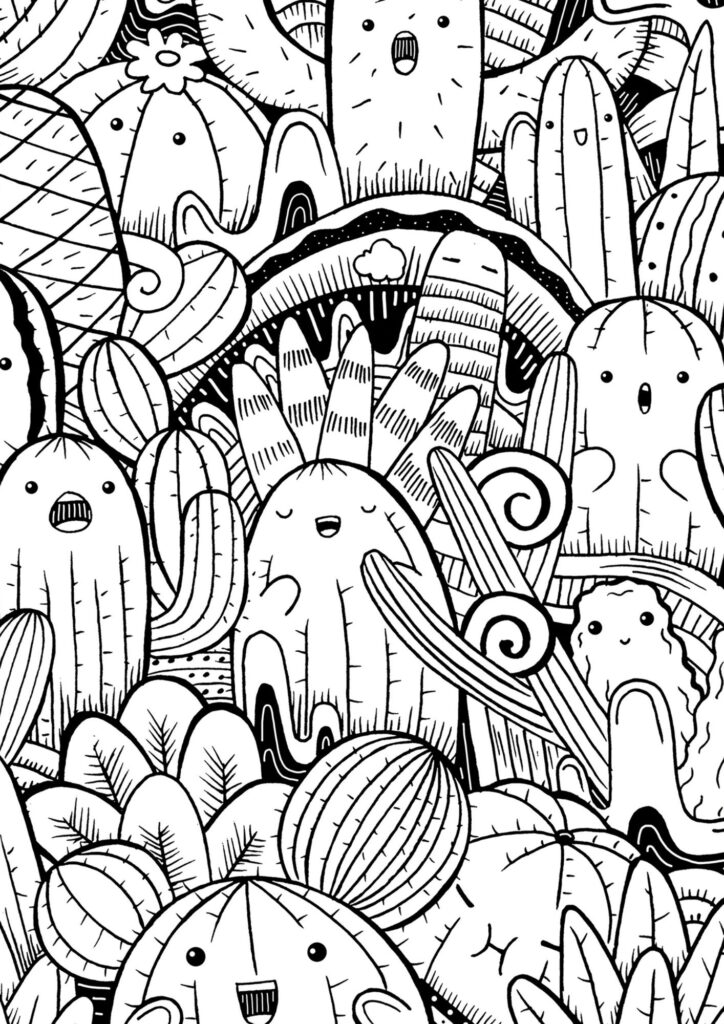
When a child feels angry, it’s important to remind yourself that they are not in control of their feelings. You shouldn’t punish them for acting on emotion they can’t help!
Also, anger is a natural reaction to injustice, perceived injustice, or adversity.
This is a concept that many kids cannot understand right away, but it’s helpful to keep in mind both as a caretaker that children go through intense emotions and sometimes may not be able to handle big feelings.
Use the fun anger management activities mentioned above to teach your child healthy coping skills.
If your child has unmanaged anger and the simple anger management skills discussed here are not helping, seek professional help. Discussing this with the school counselor as a starting point is a great idea.
Keep in mind that at some point, every child struggles with their feelings, including young children. Some may have angry outbursts, while others may suppress their feelings. It is essential to know their anger triggers and positively manage them.
Let your home be a safe place for your child to express their emotions. This will help you build better relationships with your children.
Was this helpful?
Good job! Please give your positive feedback
How could we improve this post? Please Help us.



